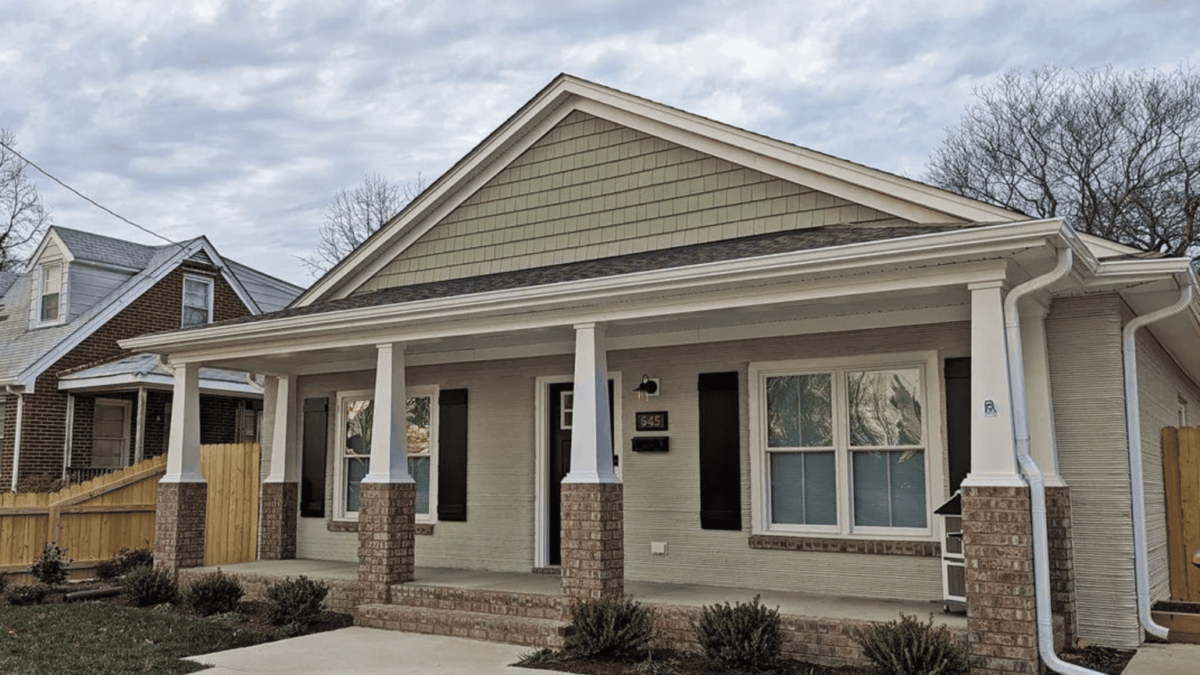The Key to Affordable Housing?

Sierra Romas watched as a gantry-mounted nozzle meticulously deposited concrete in 166 layers, each less than an inch thick, to erect the walls of her new three-bedroom residence.
“It was amazing, very surreal to see a machine doing everything,” Romas said, after experiencing the construction of her home in Newport News, Virginia, using a 3D printer. This innovative method of building represents a promising solution to the escalating crisis of affordable housing, a situation that, according to the National Low Income Housing Coalition, necessitates over 7 million new homes.
The process took roughly 40 hours to complete the walls of Romas’ 1,300-square-foot home. This method not only speeds up construction but also proves to be more cost-effective than traditional wood-frame methods, which have seen little innovation over the past century.
This home is the third constructed by the Habitat for Humanity Peninsula and Greater Williamsburg chapter, with CEO Janet Green noting a decrease in costs with each project. Romas’ home cost Habitat approximately $215,000—$25,000 less than their first project on a plot donated by the city’s housing authority. Green anticipates future 3D-printed homes could cost between $180,000 and $190,000, significantly lower than the current average home price in Romas’ neighborhood, which exceeds $260,000.
The advantages of 3D-printed homes extend beyond speed and cost. They produce less waste, are more energy-efficient due to concrete’s superior insulation properties, and offer increased durability against fire and storms, potentially lowering insurance premiums. Additionally, the automation of the printing process demands fewer workers, an important factor given the current shortage of construction labor.
The growth of 3D-printed housing offers a novel avenue to homeownership for individuals like Romas, an Army National Guard veteran with two sons. Alquist 3D, responsible for printing the three Habitat homes, has recently relocated its headquarters to Greeley, Colorado, attracted by $4 million in city and state incentives. There, Alquist 3D plans to construct 100 homes as part of a larger 300-home Habitat for Humanity initiative and is collaborating with Aims Community College to develop a 3D-printing curriculum, preparing a workforce for the expansion of this burgeoning technology.